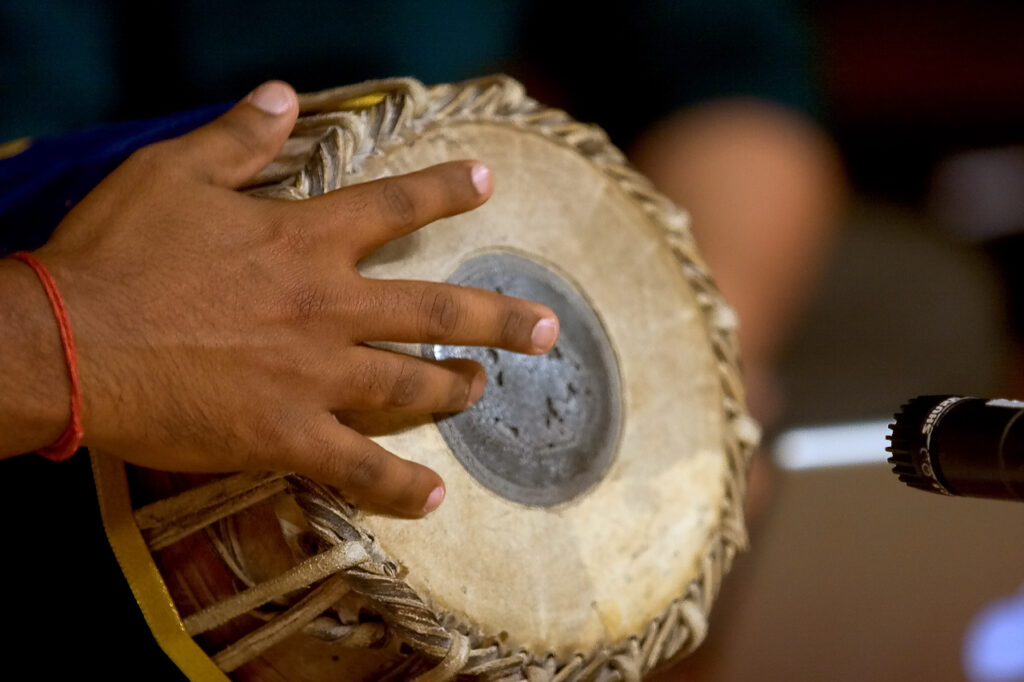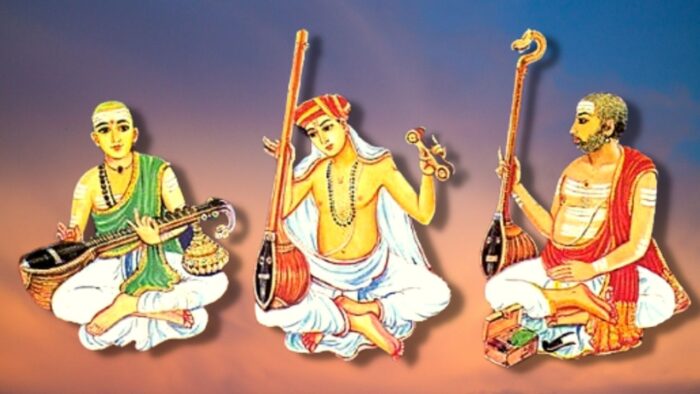Benefits of learning to play the Mridangam
The Mridangam is one of the oldest percussion instruments in India, and its rich and ancient history is deeply intertwined with the development of Carnatic music. The Mridangam has been mentioned in ancient texts and scriptures, including the Natya Shastra.
Mythological Reference:
According to Hindu mythology, the mridangam is considered to have divine origins. It is said to be Lord Nandi’s favourite instrument, the bull and attendant of Lord Shiva, and the Master Percussionist, who played it while Shiva performed his cosmic dance, the Tandava.
Unique Structure:
The word “Mridangam” is derived from the Sanskrit words mrid (meaning clay) and angam (meaning body). The Mridangam is a double-sided drum, with each side producing different sounds. The right side (smaller) produces higher-pitched tones, while the left side (larger) produces lower bass tones. The combination of these creates its distinctive rhythmic texture.
Benefits of learning to play the Mridangam:
Learning to play the Mridangam offers many benefits, extending beyond just musical skills. Here are some of the key advantages:
Enhanced Rhythm and Timing – The mridangam is central to Carnatic music’s rhythmic system, so learning it improves one’s sense of rhythm, timing, and beat. Musicians develop the ability to follow complex rhythmic cycles (talas) and patterns, enhancing overall musicality.
Helps in Cognitive development – Playing the mridangam requires multitasking between hands, which stimulates both hemispheres of the brain,n enhancing memory, coordination, and problem-solving.

Mindfulness – Playing the mridangam can be meditative. The rhythmic patterns require focus and immersion, allowing players to experience flow states and mindfulness.
Improved listening skills – Learning mridangam sharpens listening skills, improves musical ear training and overall aural sensitivity.
Physical benefits – Playing the mridangam strengthens hand muscles and improves hand-eye coordination. It also enhances finger dexterity and flexibility, which can benefit other activities requiring fine motor skills.
Mathematical skills – Rhythmic patterns and cycles in mridangam involve intricate calculations, subdivisions, and groupings of beats. Practicing these improves mathematical thinking, pattern recognition and mental counting.
Improved memory – Learning mridangam compositions and rhythmic cycles requires memorization of complex structures and sequences. This strengthens memory capacity, which can have positive effects in both musical and non-musical contexts.
Improved Focus and Discipline – Mridangam playing demands intense focus, discipline, and practice. Mastering the instrument’s intricate rhythmic patterns requires dedication and perseverance, helping learners cultivate patience and concentration over time.
Learning to play the Mridangam is a fulfilling lifelong pursuit. If you have the opportunity, please start learning and enjoy a rhythmic life 🙂


